Enlisting soil microbes to help prevent plant disease
When I was in high school trying to determine what I wanted to study in college, my dad, who was an engineer with very logical and linear thinking, told me, “Begin with the end in mind.” He coached me to think about where I wanted to live, what I wanted to do once retired, how much it would cost, and what I would have to do to make a living and save for retirement. Did I want to get married and have kids? What kind of house? How many kids? Did I want to enjoy my work more or focus more on making money? We talked about these and many other aspects of living life in this world.
He said, “Think about all the steps it takes to make that happen at the end of your career, and work your way back, step by step, all the way back to today, and that will help you decide what you want to study in college.”

As logical and linear as that sounded, the reality turned out to be much more complex. With every variable I tested, it brought in a new influence, which brought in another impact that either made the decision better or worse. That way of thinking, though, helped lead me to what I do now — working with plants and animals on farms. When asked what I do for a living, my response is, “I help farmers improve world health, one farm at a time.” This is simple, but complex.
If your retirement goal is to improve world health, what steps need to be taken to achieve that? A healthy world means clean air and water — two of the major ingredients for all life. We can have healthy people only if we have good food and a clean environment; this means we need to have healthy plants and animals to eat. If the plants and animals are to be healthy, then we need to have living soil for the plants to grow in so the animals and people that eat the plants can thrive.
The complexity of good management involves building healthy plants and soil to feed healthy animals and people while doing it in a way that improves the small water cycle, reduces soil erosion and nutrient runoff, keeps our water clean and maintains a functioning carbon cycle, which in turn helps keep our air clean. If you think about all the steps you need to take to build healthy humans, it all begins with living soil. Everything is connected to everything.
The Simplicity of Complexity
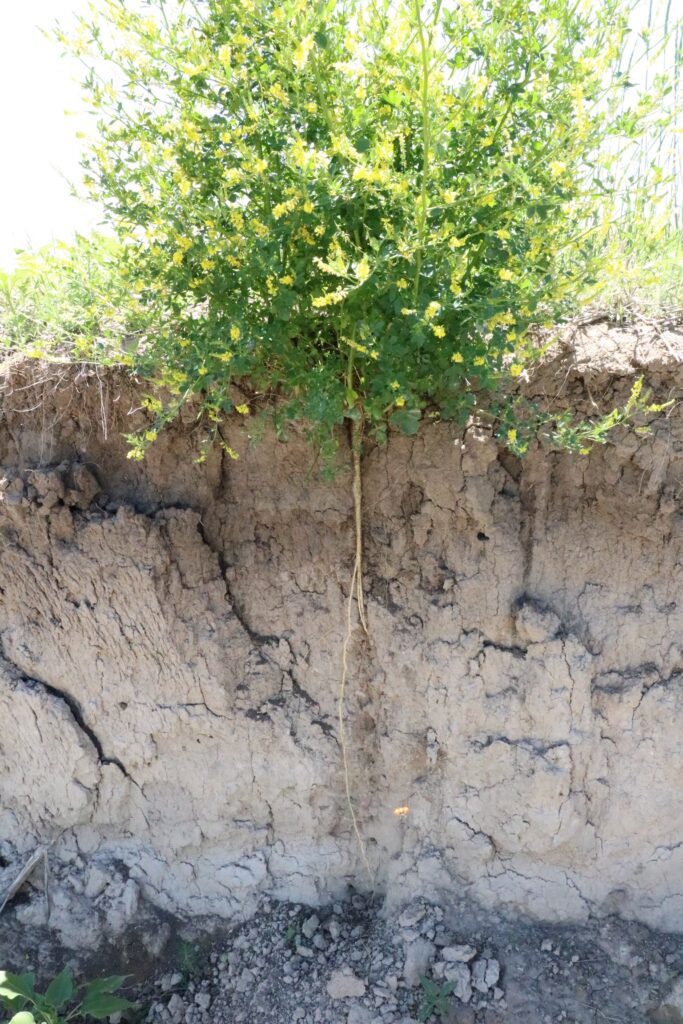
Who lives in the soil? Microbes! But only if we stop killing them.
When I talk to farmers, I remind them of the many different microbes that live in the soil. I talk about the fact that microbes are the best labor they can employ on their farms. They are the fine-tuners of plant nutrition, and they work all day and all night, know more about what we are doing than we do, are very efficient, don’t ask for much, and don’t complain; and they all have green cards! They will never quit if we provide a decent home for them, feed them properly and stop killing them.
A decent home means the soil is not compacted, so water and air can move down and around in the soil. Microbes need moisture and oxygen to live. We need use appropriate tillage under the appropriate conditions to minimize disrupting the soil structure — primarily the fungal hyphae. The next consideration is reducing the chemicals and salt fertilizers where possible.
One lab we work with has 17 million different microbes identified from soil samples around the world … so far. Some are beneficial, some not so much, from a farmer’s point of view, but they all exist to keep a balance, and all have a purpose in the grand design.
I have seen this thought process work out on different farms that were having certain insect and disease issues in their crops. Some of them led to health issues with the livestock eating those crops. How did we approach it? Logically and linearly at first, and then through the simplicity of complexity. Here are couple case studies.
Livestock Big and Small
One very large conventional corn and soybean farm in northcentral Illinois asked me how to become more sustainable to help his family and livestock be healthier. He and his wife both had severe health issues. He had a bull die suddenly when it was autopsied; they found it had cancer.
All these issues made him look at his farming practices and those of the surrounding farms. He started by testing his water wells and those of his neighbors. He found many farm inputs in the water that don’t belong. He noticed that when he started feeding his cow herd GMO corn stalks, his conception and birth rates dropped, and they did not shed their winter hair well. They became thinner and less healthy.
He wanted to know how to change all that. He took a small portion of his farm — 300 acres — and went totally chemical and GMO free. He started to work with some small grains and forages, along with some remediation biological treatments to clean some of the pesticides out of his soil. By using the small grains and forages, a higher percentage of his soil had root systems and ground cover protecting the soil and providing a home and food source for the microbes he introduced into the dirt (non-living soil) to eventually turn that dirt into soil. This was his experimental farm, and it worked.
Firmer Cherries
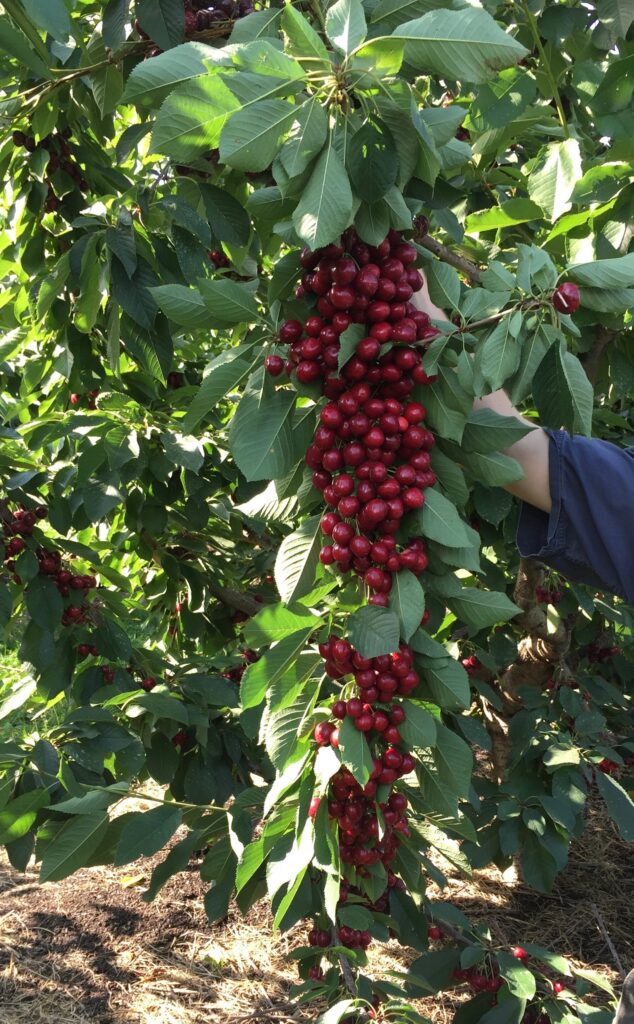
Another time we worked with a cherry grower who had some issues with bacterial canker. After a team effort of looking at his previous practices and asking many questions about the trees, his management practices, the fruit quality, and yield, we finally got down to the root cause of the issue — literally. We looked at the roots of the sickest trees. They were sick! We finally determined he had been applying a pesticide to the soil that was hurting them.
The solution we came up with was first to stop applying that pesticide. Then we treated the soil with some remediation microbes and food for the microbes. Then we started him on a routine of beneficial microbes and implemented some practices like mulch and compost under his trees, cover crops in the alleys, mowing and blowing the cover crop residue into the tree rows, and balancing his nutrition through sap analysis.
The microbes were the key to this success. He made a better home for them and fed them. His cherries grew larger and become some of the firmest cherries he had. This is where his profits came from — large and firm cherries. His yield went up as well, which was an extra bonus.
Organic Chilis
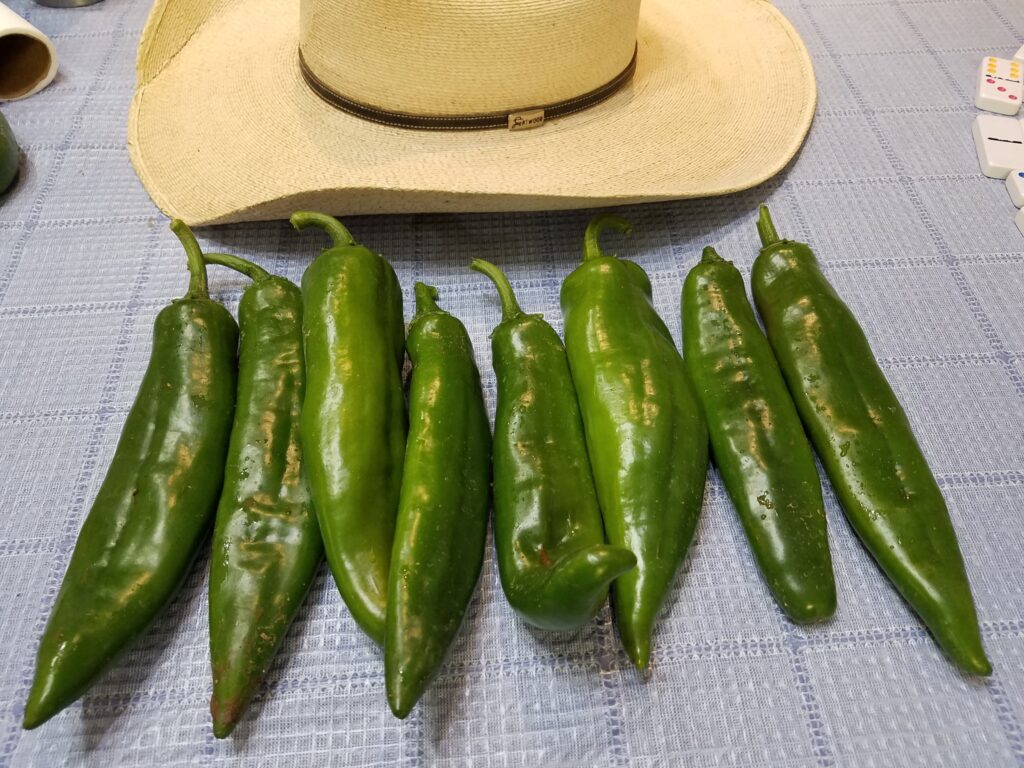
When quality goes up, yield will follow. In introducing these concepts to a chili pepper farm in Arizona, we discussed his farm management practices and that of the whole industry in his area. He spoke about how they had to rotate away from chilis for four years before planting the same field back to chili peppers. They had to fumigate the soil to prevent several diseases. One of his biggest challenges was verticillium. He said if we could do anything to reduce that issue, we were in.
We developed a plan to use some microbial inoculations, and we balanced nutrition with more organically approvable nutrients applied at the right rates at the right times, and we were able to reduce his verticillium issues in the first season. Over time, his chili peppers were of higher quality and yielded better, and he eventually went organic.
The driver in this situation was the threat of losing the fumigation chemistry due to regulations. The farmers did not know how they were going to fight the diseases and insects that challenged their crop. In this case, they had to find a better way. Microbes were the beginning of the answer, and they made the rest of the job easier because they helped fine-tune the plant nutrition, and we could see it happening in the sap tests.
Virus-Free Seed Potatoes
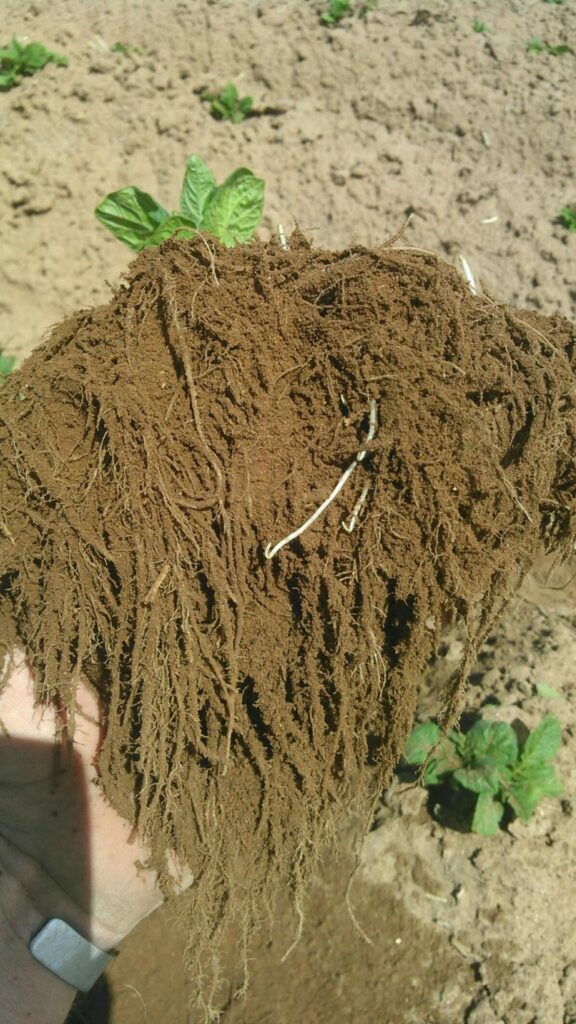
In working with a seed potato farm, the challenge was to grow more uniformly sized tubers, increase the storage time of the potatoes by four weeks, and deal with a seedborne virus that would disqualify the potatoes for sale. This seedborne virus would double with each generation; if they breached the allowable percent of infected tubers, they could not sell the seed. The seed potatoes they planted had just below the level of infection that, when harvested, would still be good for sale.
We went to work and modified their nutritional program and introduced a variety of microbes into the soil and onto the plant leaves. Getting close to the right chemical balance in the soil helped the microbes finish the balancing act. We had hooks forming on the root system before the tops even came out of the ground. These plants were very healthy, and the grower ended up with nearly twice as many tubers per plant that were more uniform in size, and they ended up getting more than eight weeks additional storage.
The real benefit came when they had the potatoes inspected for the seedborne virus. They tested negative (0.00 percent infected) on 14 different certified tests for the virus. Plant nutrition and microbes not only prevented the disease from doubling; they eliminated it entirely.
The Win-Win of Soil Microbes
It has been observed that insect and diseases are sometimes present due to nutrient imbalances in the plant. If you can grow a healthy plant that produces all the complex sugars and proteins it needs, it will then move them down into the rhizosphere to feed the microbes. This is the symbiotic relationship plants have with the microbes in soil. The plant feeds the microbes, and the microbes metabolize many nutrients not available to the plant by its methods.
The microbes often pre-assemble ions into compounds that the plants can then take up without using its own photosynthetic energy to form those compounds. Not only that — they give off carbon dioxide to help the plants grow more, which puts more carbon back into the soil through organic compounds. It’s a win/win for everyone.
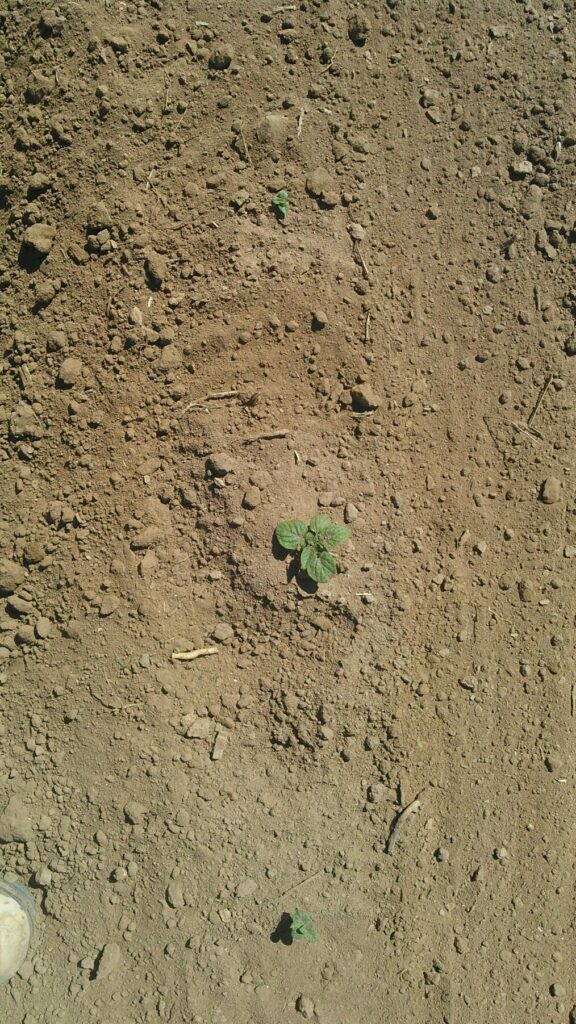
I have seen presentations by soil microbiologists on how fungi trap antagonistic nematodes in a loop formed with their hyphae and then tighten the loop and extract the nutrients from the pest and make them available to the plant. When microbes fine-tune the nutrient balance in a plant, it allows plants to produce complex plant secondary metabolites that are key to disease and insect resistance.
The more I learn about what microbes do in the soil, the more I realize how much we have taken for granted and neglected the largest population of livestock in our fields. We need to make a good environment for them, feed them and encourage them so they can help make healthier plants that make healthier livestock and better food for us. All this, while at the same time improving the small water cycle, cleaning the air and sequestering carbon.
If we worked more on improving soil life, we would have more water staying where it lands, going down through the filtration system of the earth into aquafers. This not only requires less water, but it also helps mitigate some of the extreme drought and flood impacts we seem to be seeing these days. Ground that is covered with growing plants stays cooler in the heat of summer and gets warmer sooner in the spring, also helping promote microbial activity.
If I were a microbe, thinking about my retirement, I would like to have a nice, comfortable home. I would want plenty of oxygen with clean water so I could have lots of progeny that could then carry on my legacy of feeding plants that will, in turn, feed my family and become a sustainable system.
Gary Reding is the owner of Cascades Consulting, LLC, located in Fort Collins, Colorado. He farmed for 31 years in southeast Indiana on a diversified family farm with livestock, grain, seed and forages. In 2009, he branched out into consulting across North America, working with farms and ranches in the US, Mexico and Canada, with a focus on operations transitioning out of conventional practices.













